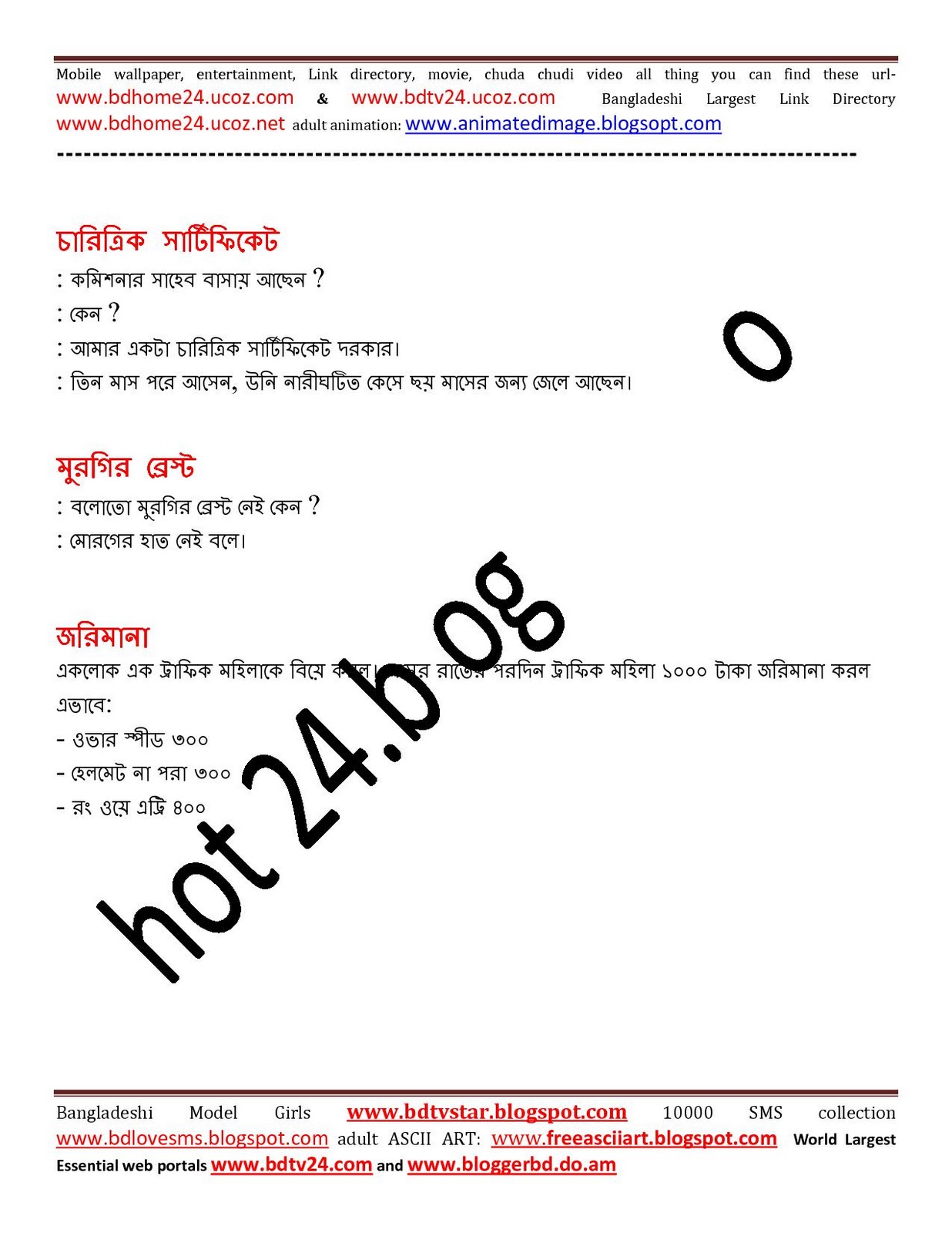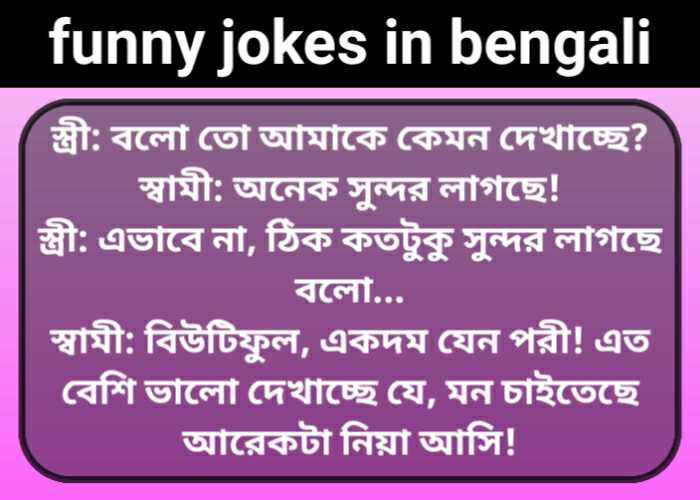


The social-affective appreciation of verbal jokes was associated with activity in the orbitofrontal cortex, amygdala, and parahippocampal gyrus. The fronto-parietal lobe (IPL and IFG) was associated with both EJs and AJs, suggesting that it supports executive control processes such as retrieval from episodic memory, self-awareness, and language-based decoding. The temporo-parietal lobe (TPJ and MTG) was associated with BJs, suggesting involvement of these regions with 'theory of mind' processing. For all joke types, the left dlPFC appeared to support common cognitive mechanisms, such as script-shifting, while the vACC was associated with affective appreciation. This study explored the neural correlates of the cognitive processes required to successfully comprehend three joke types: bridging-inference jokes (BJs), exaggeration jokes (EJs), and ambiguity jokes (AJs). Previous research has identified the primary neural correlates of the cognitive and affective processes called upon to respond to humor generally, but little work has been done on the substrates underlying the distinct cognitive operations required to comprehend particular joke types. 'Getting a joke' always requires resolving an apparent incongruity, but the particular cognitive operations called upon vary depending on the nature of the joke itself.


 0 kommentar(er)
0 kommentar(er)
